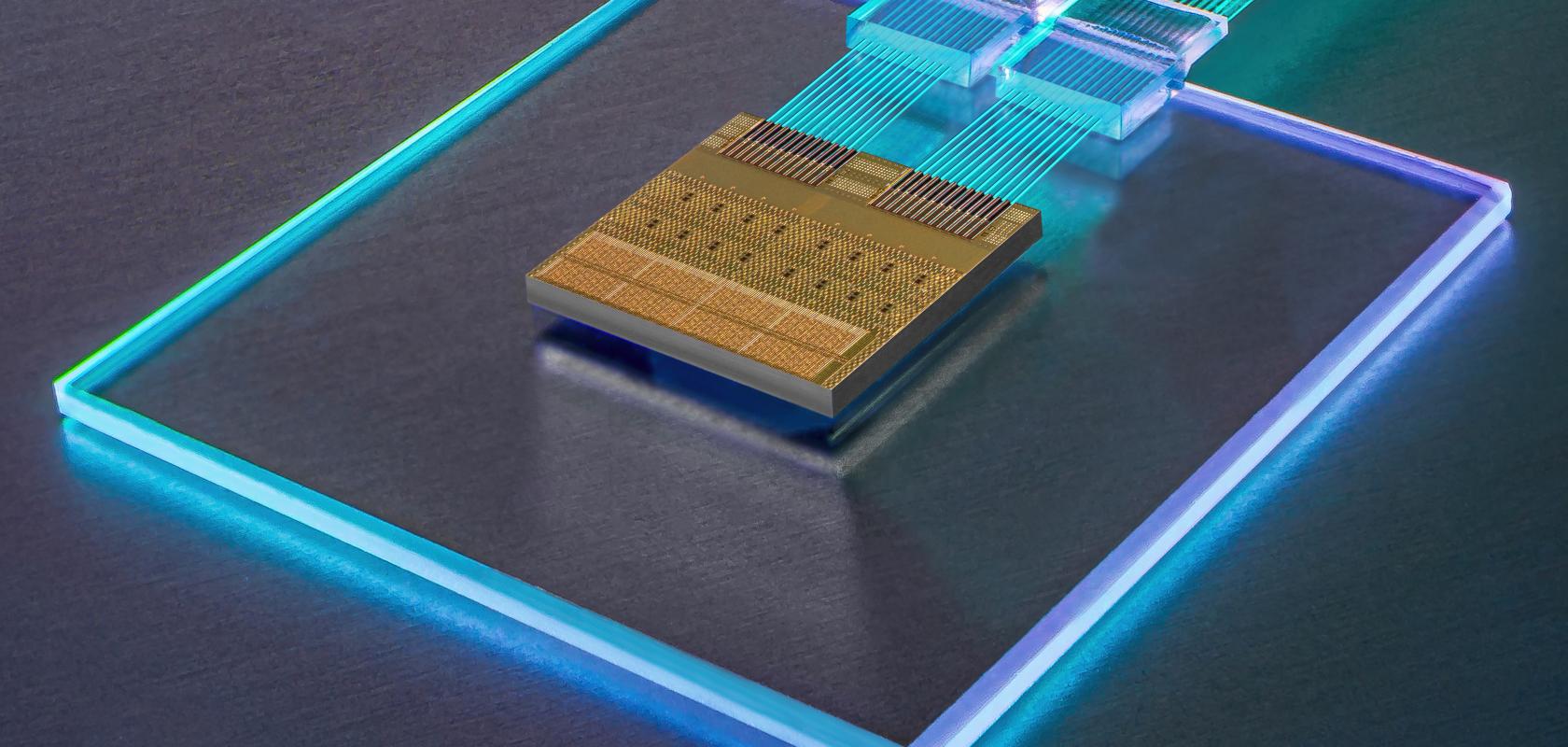Ayar Labs has announced the first public demonstration of its optical I/O technology at the OFC Conference and Exhibition in San Diego.
Delivered in a compact, co-packaged CMOS chiplet, the new solution provides 4Tb/s bidirectional wavelength division multiplexing (WDM) for networking and connectivity in data-intensive applications. Delivered in a compact, co-packaged CMOS chiplet, the company says that optical I/O technology could become the foundation of data centres supporting applications that include; AI/HPC data centres, disaggregated data centres, dense 6G telecommunications systems, and phased array sensory systems.
Craig Thompson, Vice President of Business Development for Networking at Nvidia, comments: “In-package optical I/O solutions have the potential to transform how semiconductor, AI, HPC and aerospace customers process their next-generation, data-intensive workloads.
At OFC, Ayar Labs will demonstrate its optical I/O solution moving data from one TeraPHY optical I/O chiplet to another at 2.048Tb/s in each direction – powered by the company's SuperNova light source. SuperNova powers eight fibre links (using 64 highly accurate wavelengths operating at 32Gb/s, for eight wavelengths and 256Gb/s per individual fibre) running error free at lower than 10ns of latency and without needing Forward Error Correction (FEC). This allows for a bandwidth of 2.048Tb/s in each direction or 4.096Tb/s bidirectional. Importantly, the data transfer uses less than five pJ/bit (10W). This level of energy efficiency could provide the power density and performance per watt needed to achieve AI models with trillions of parameters or to support the development of advanced HPC systems.
Ayar Labs has achieved this latest milestone in partnership with high-volume manufacturing and supply partners, including GlobalFoundries, Lumentum, Macom, Sivers Photonics.
Charlie Wuischpard, CEO of Ayar Labs, stated: “Ayar Labs continues to showcase our technology leadership with this live silicon demonstration, an industry-first milestone on the path to overcoming the impending power and performance wall of electrical design, and unleashing the power of next-generation computers. As we bring together all the supply, manufacturing, test and compute pieces needed for high-volume deployment, we also show today that we continue to lead in pure technical achievement.”


